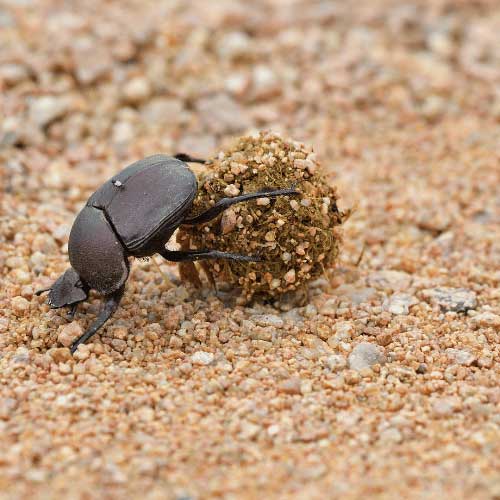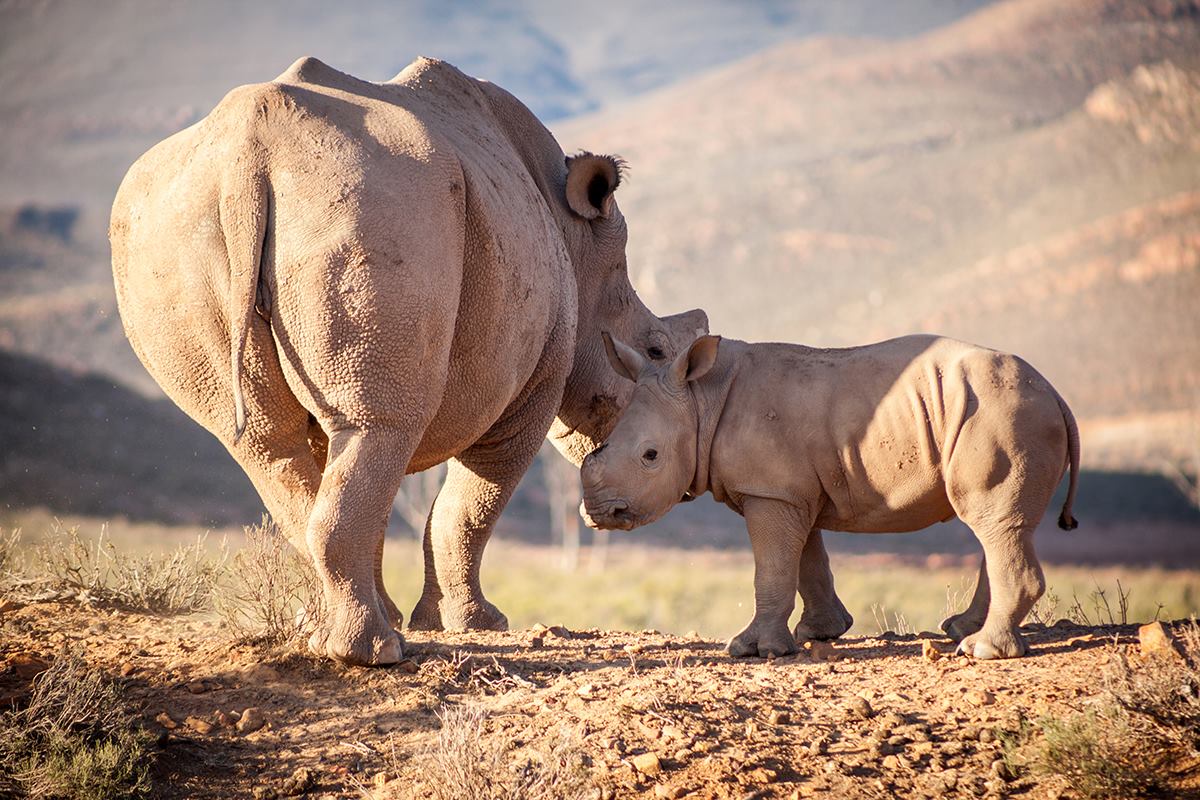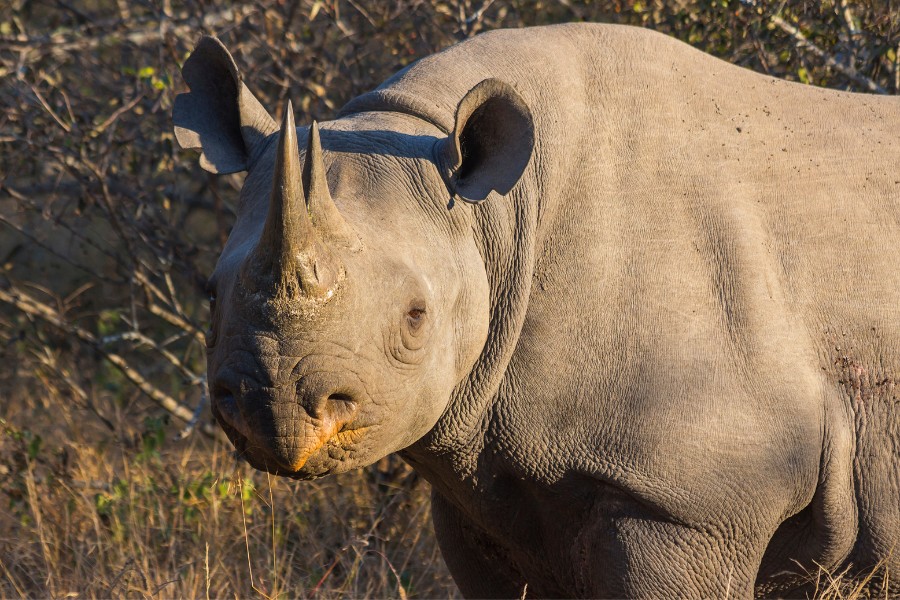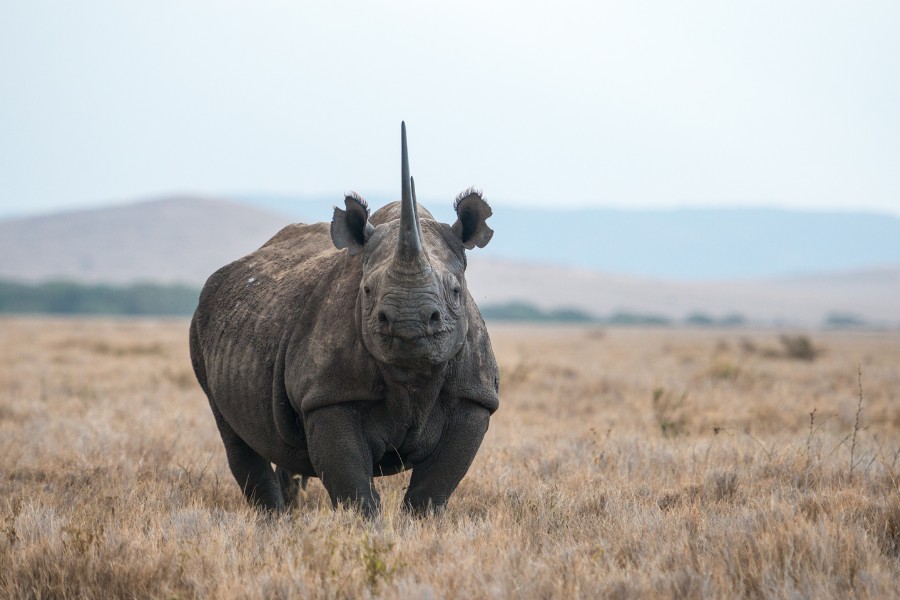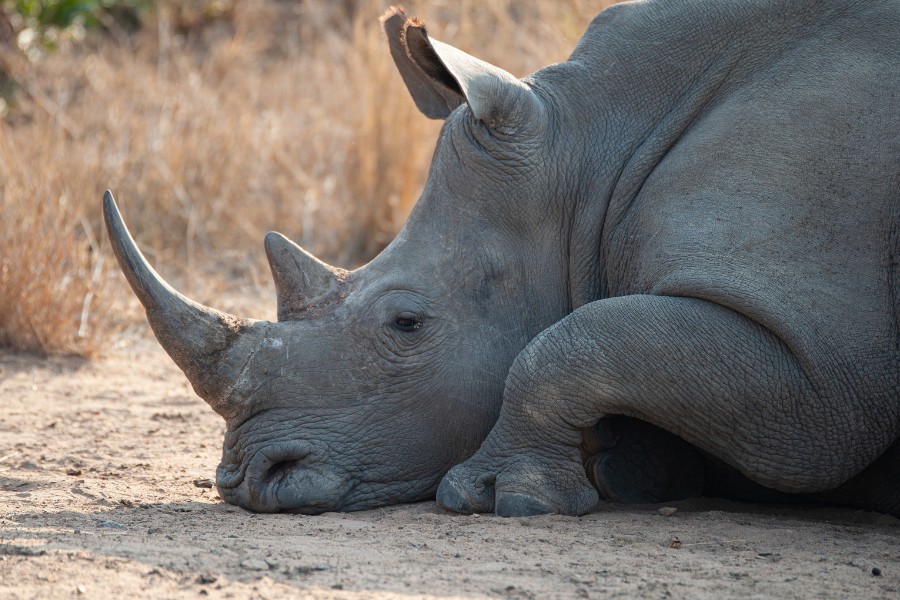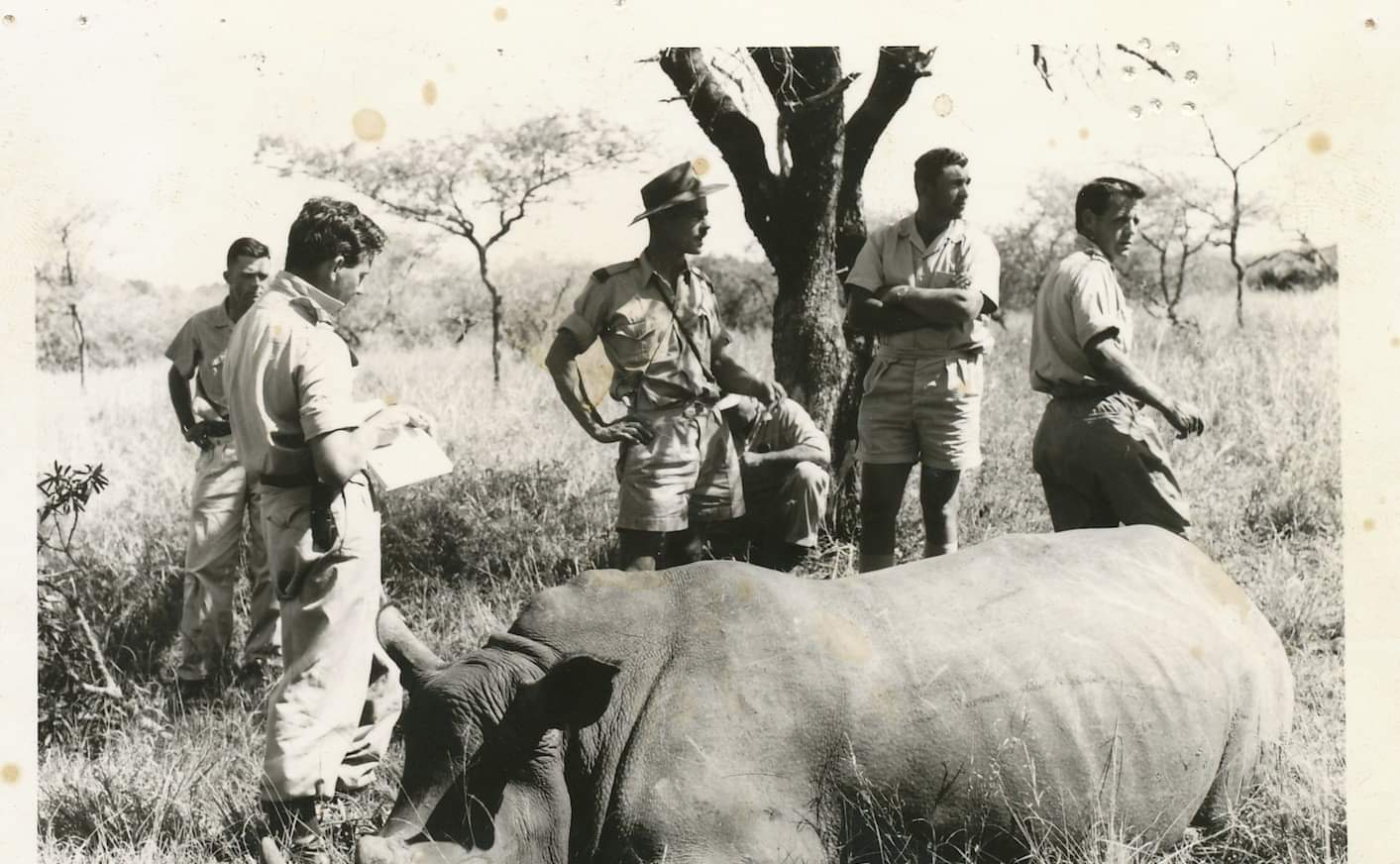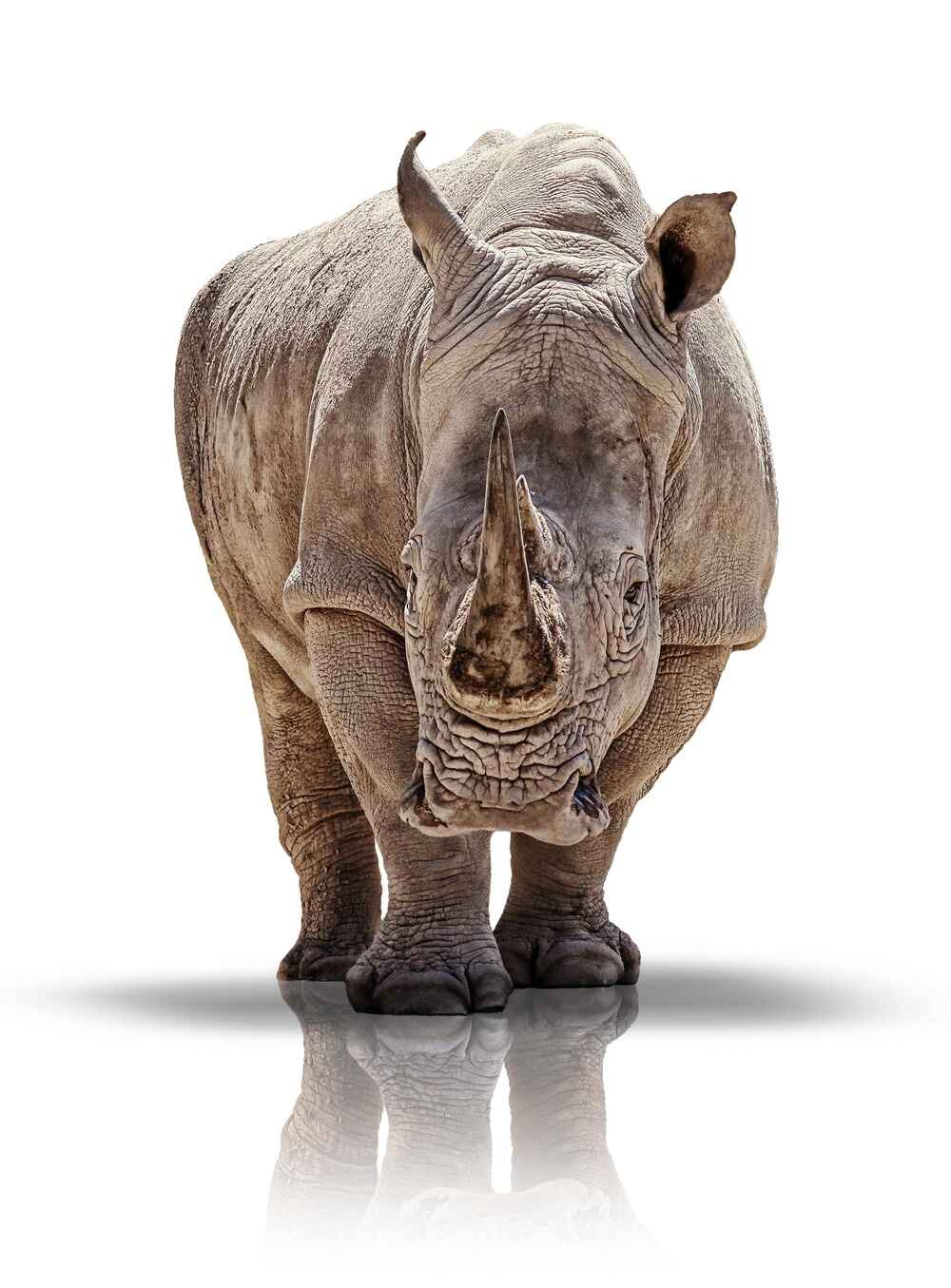Imagine standing on the African savanna, the sun warming your face as you watch a southern white rhino lumber past. You marvel at its thick hide, powerful horns, and lumbering gait – a living fossil from a bygone era. But rhinos are more than just magnificent relics; they’re silent architects, shaping the very land they roam.
Tragically, these gentle giants are hovering on the brink of extinction, fuelled by the black market’s insatiable greed for the illegal trade of rhino horn. Yet, the increasing loss and poaching of rhinos isn’t just a blow to their species; it’s a tremor felt throughout the entire African ecosystem.
More Than Just Big Horns
Unlike other grazers, rhinos (especially white rhinos) don’t shy away from public restrooms. They create concentrated dung deposits called “middens,” which might not be aesthetically pleasing, but are nature’s powerhouses. Packed with nutrients, these middens act like fertiliser bombs, enriching the soil and fuelling the growth of essential plants like the beloved “sweet grass.” This grass, in turn, nourishes not just rhinos, but a multitude of grazing herbivores and small antelope, creating a ripple effect of life and sustainability across the savanna.
But the impact goes beyond sustaining grasslands. Middens create micro-habitats teeming with insects, fungi, and other micro-lifeforms, fostering a diversity of species crucial for a healthy ecosystem. These “islands of fertility” also attract other grazers, promoting a mosaic of vegetation that prevents Savannahs from turning into desolate scrublands and arid terrains.
Also Read: Join the Charge Against Wildlife Poaching on Rhino Day, 2023
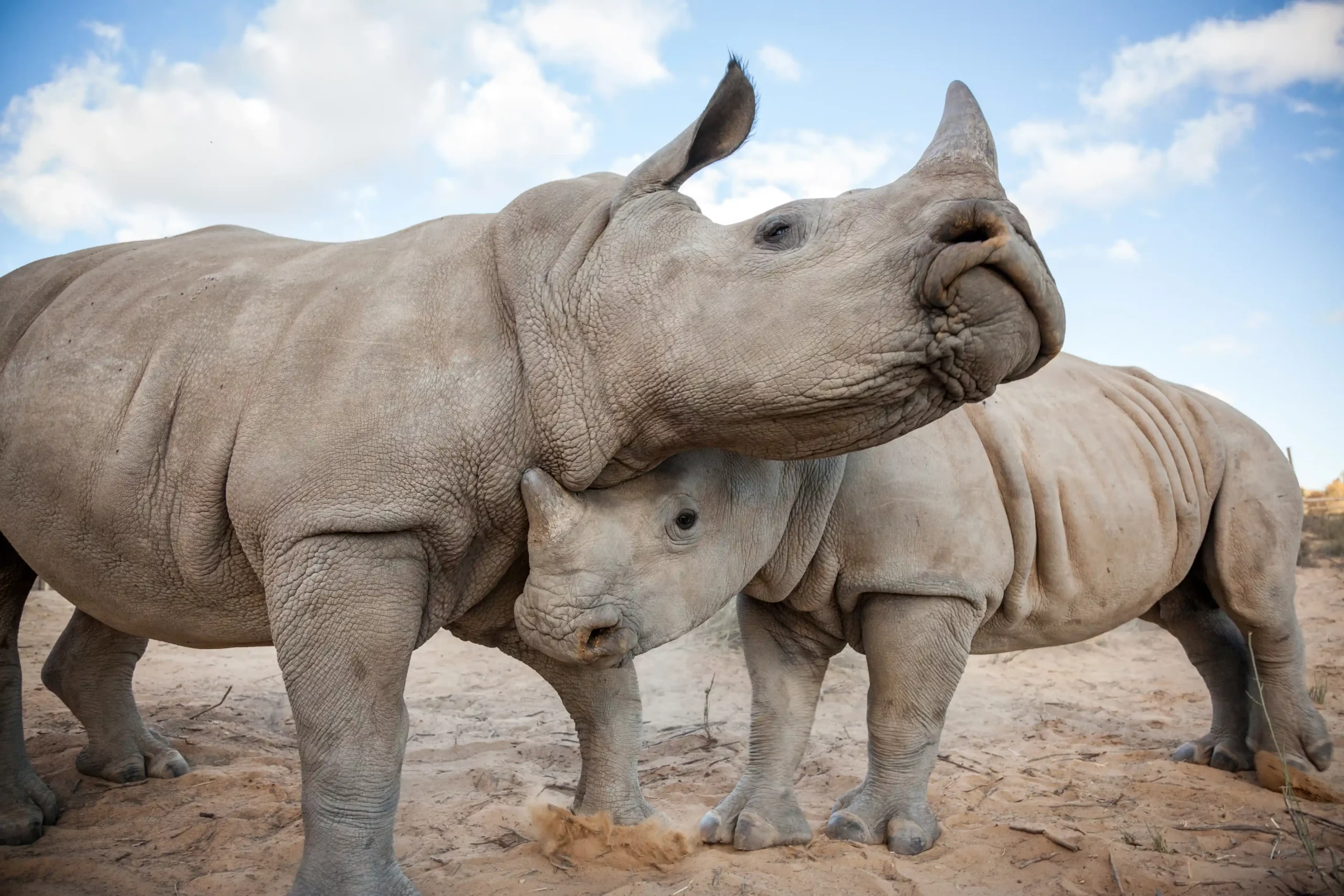
Beyond Tourism
White rhinos truly play an irreplaceable role across Africa’s various ecosystems, and are pivotal in many other harsh environments, such as the semi-dessert Karoo and delicate Fynbos biome. The presence of rhinos encourages biodiversity, supports the growth of nutrient-rich plants, and helps absorb harmful carbon dioxide from the atmosphere by sustaining Africa’s grassy plains, which naturally act as ‘carbon sinks’.
In addition to their ecological contributions, rhinos significantly benefit local communities and national economies, and the revenue generated by wildlife tourism far outweighs any illicit gains from poaching and the illegal trade in rhino products.
Wildlife tourism, driven in part by the allure of rhinos (a notable member of the African Big 5), is a substantial source of employment and income across Africa. Tourists from around the world visit local game reserves and Big 5 conservancies to see these impressive animals up-close and in-person, forming a critical economic pillar for millions of people.
How You Can Help?
The future of rhinos, and by extension, the health of Africa’s wilderness, hangs in the balance. But there’s still hope. By supporting organisations like Saving Private Rhino, you can contribute to anti-poaching initiatives, habitat protection, and community education programmes. Remember, saving rhinos isn’t just about protecting an iconic species; it’s about safeguarding the intricate tapestry of life that thrives under their silent stewardship.

